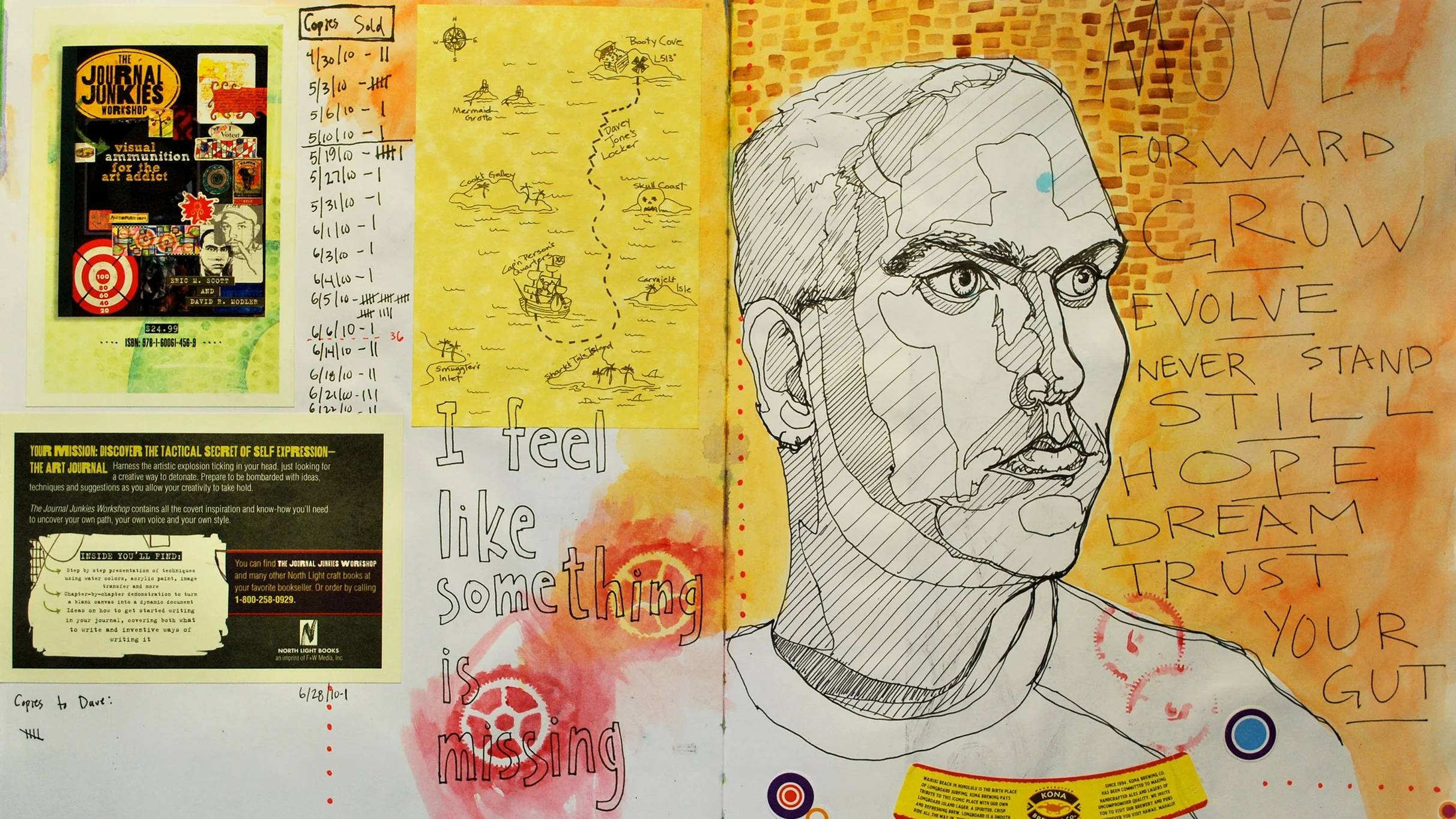The 15 for 30 Visual Journal Challenge was a huge success, and I am grateful for everyone who participated. I had several art educators contact me about the possibility of using the challenge in their classrooms, so I have created a suite of items for purchase.
But it's not just for educators. Its for anyone wishing to push their journaling further, and it includes several extras and add-ons that the original challenge didn't have.
For just 5 bucks you get the following:
- a 40-page PDF of the Challenge. Print it out for handy task cards.
- a 32-slide PowerPoint ready to go in any classroom.
- a 3-page PDF of progress charts to keep track of the challenge and to create your own.
- a PDF of 22 inspiration cards. Print them out and cut them apart for simple creative nudges.
All delivered via email to your inbox.
So head on over to the JFJ Shop to purchase yours today!










